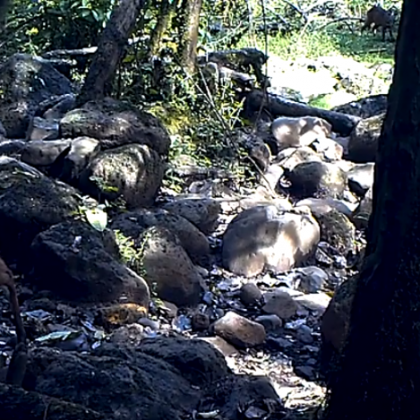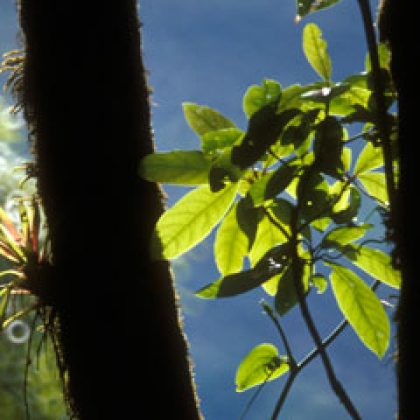Feathers, Forests, and the Future: Uncovering Bird Diversity in Mexico’s Dry Mountains
Early morning in the dry mountains of southern Mexico, the calls of chachalacas echo through the branches of a Pochote tree. As ornithologists, we’re exploring the bird communities of the Neotropical Seasonal Dry Forests (NSDFs), a diverse and often-overlooked group of tropical ecosystems in the American mountains.
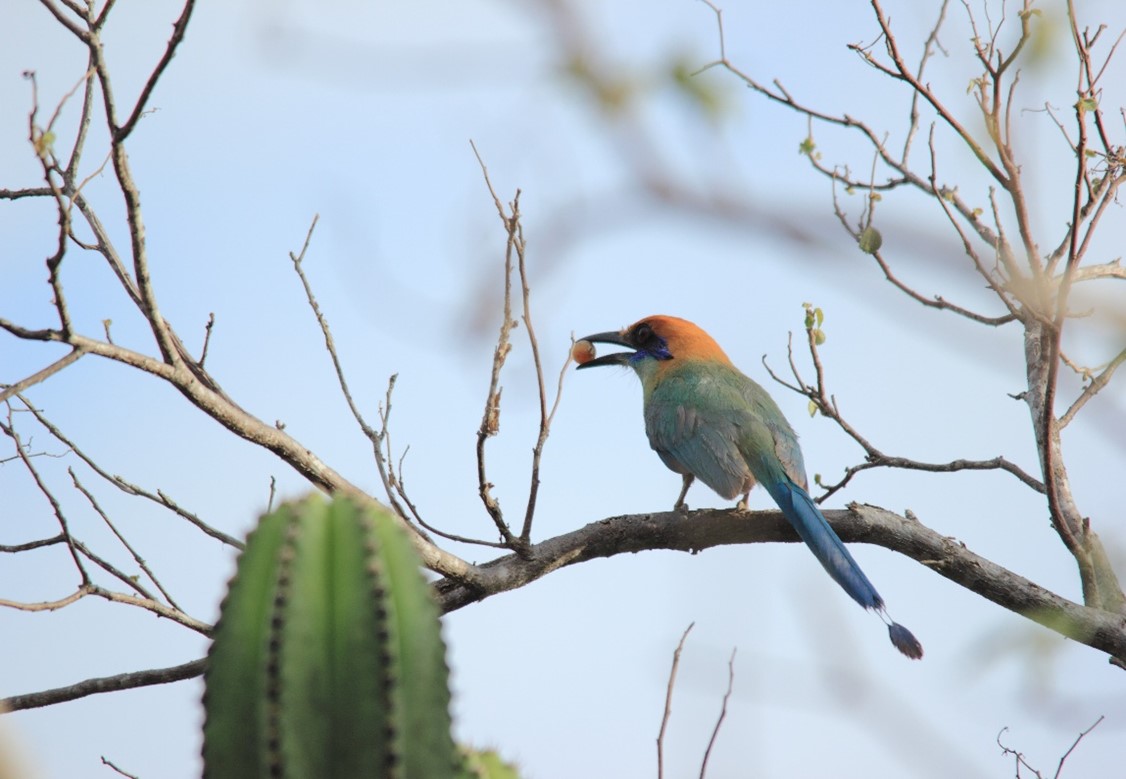
Ecologists often observe that biodiversity decreases with altitude, meaning higher elevations typically have fewer species. However, much of this evidence comes from studies in temperate regions. We wanted to see if this pattern held true in the tropical dry mountains of Oaxaca, Mexico.
We focused on two NSDFs in Oaxaca: Tropical Dry Forest (TDF) at lower elevations and Oak Woodland (OW) at higher elevations. We hypothesized that the lower-altitude TDF would be more diverse, and that the bird communities in each forest type would be distinct due to the limited movement of tropical bird species across altitudes.
We recorded bird species and their abundance through direct observations and sound recordings, then calculated species, functional, and phylogenetic diversities. We also analyzed the associations between bird species and the different vegetation types.
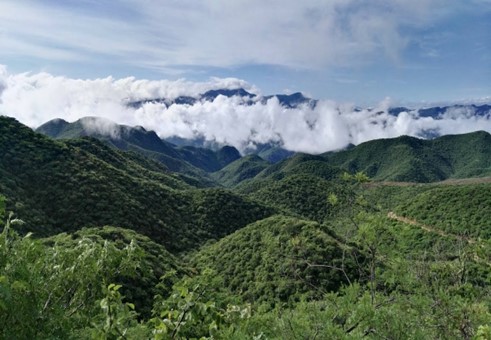
Surprisingly, the Oak Woodland (OW) showed higher species and functional diversity than the Tropical Dry Forest (TDF). While the communities had similar species and phylogenetic compositions, they differed significantly in their traits. We found species specifically associated with each vegetation type, such as the Bridled Sparrow in OW and the Russet-crowned Motmot in TDF.
The higher diversity in the OW was due to the presence of migratory species from the United States and Canada, which use these higher-altitude forests as crucial overwintering habitat. Given that these migratory birds face conservation challenges, the OW plays a vital role in their survival.
The differences in trait composition suggest that the two vegetation types offer complementary resources, making the overall ecosystem more resilient to climate change. The lack of significant differences in phylogenetic diversity indicates that the species share similar evolutionary histories.
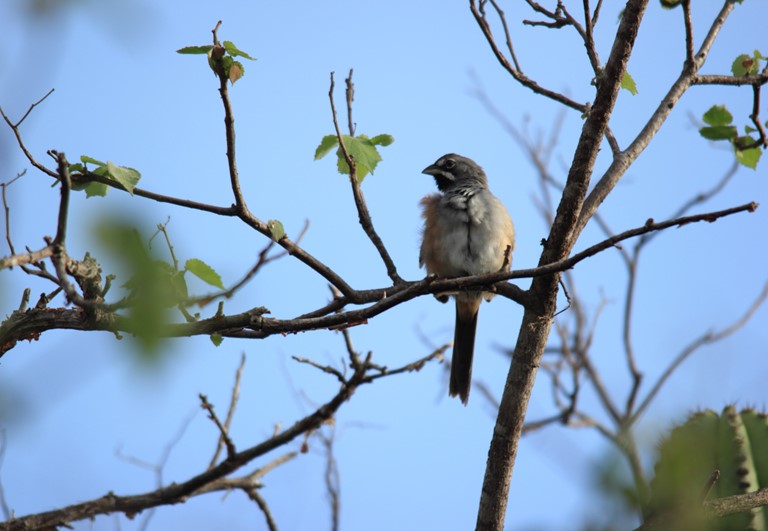
The biodiversity of these forests is also a testament to the ancestral management practices of Oaxacan communities. However, these precious NSDFs are increasingly threatened by agro-industrial expansion, cattle ranching, and infrastructure projects, which could jeopardize their future.
Standing atop the mountain, with the wind on our faces and the clouds swirling around us, we’re reminded that studying bird diversity is not just about science; it’s about safeguarding the future of these incredible ecosystems.
Dr. Omar Suarez-Garcia, a Mexican ornithologist from Mexico City, specializes in the study of bird assemblages in tropical Mexico. His research interests include community ecology, bioacoustics, and scientific outreach.
The paper “Contrasting patterns of species, functional and phylogenetic bird diversities in two Tropical dry vegetation types” published in Journal of Tropical Ecology is freely available as open access.

